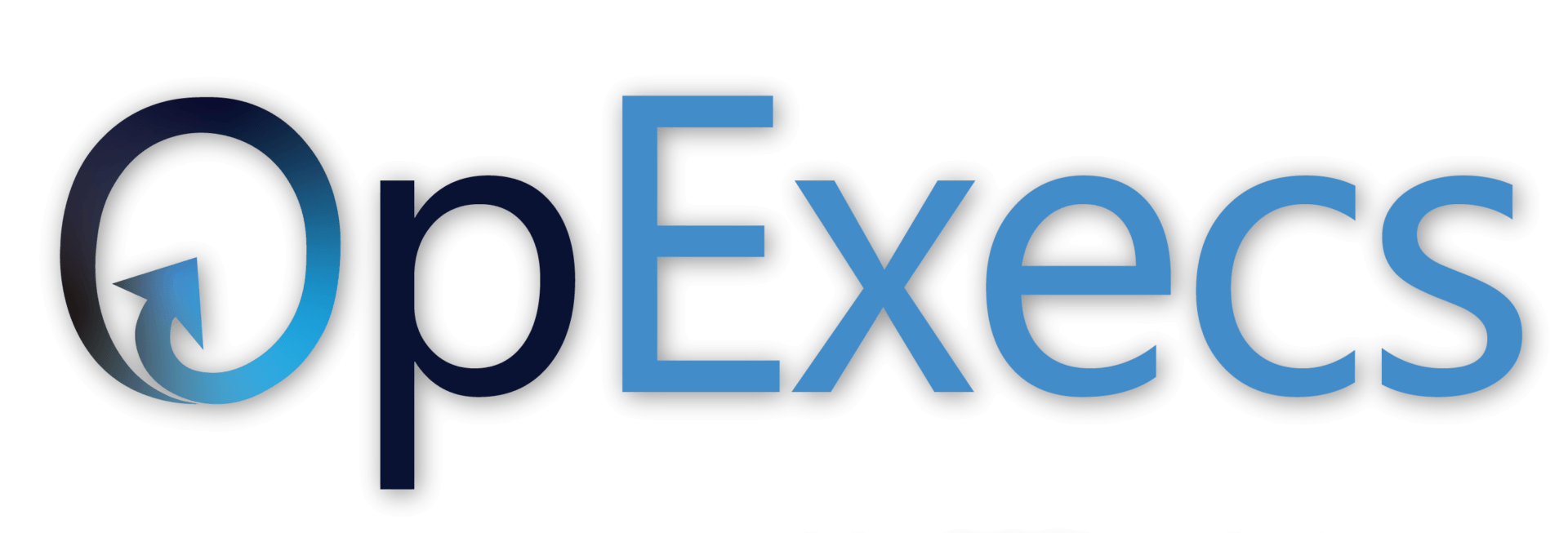During my first visit to a factory located in a US/Mexican border town, my initial impression was, “It’s better organized than imagined. It sounds like there’s a good operating rhythm. And it smells like what a chemical processing factory should.” Early in my professional career, the Manufacturing VP of a well-known conglomerate taught me when visiting a factory to first do a “walk about”. Good housekeeping practices meant there was a fighting chance the financials would also be decent. But never was there a situation when a factory with poor housekeeping also had good numbers. In this case, all signs were pointing towards good metrics for the maquiladora. Then I sat in on the management team’s daily staff meeting where all their metrics were “in the red”. What went wrong? It turned out the metrics were not presented in simple terms and goals such that the staff could answer, “Did we win today?”
Visual Management (VM) is a graphical way to communicate plant performance, standards, warnings and expectations without requiring a lot of explanation. There are several components to a strategic VM program. The first is the data must be widely and commonly shared. Typically, this is done through a facility-wide notice board or glass wall that shows recent color-coded graphs of weekly/monthly performance, customer feedback, team actions and suggestions from team members. This is a good start, but only a small piece. It’s just as important to share the expected standard; what is the target and how is it being addressed? The VM system should also include boards at each major operation in the facility which show daily metrics relevant for that operation. Templates that indicate what tasks need to be completed by when, by whom and in what priority are also useful. The intent is to clearly communicate priorities so that everyone can act in the same direction. Without this, the leadership team must take responsibility for all issues by digging in to assist.
A good VM system should clearly highlight abnormalities. A simple example of this are “shadow boards”, which draw attention to missing tools as a passive warning. Another great tool is Statistical Process Control (SPC) which enables team members to recognize and address when a process is going out of control. Another technique used is poka-yoke mistake-proofing, which prevents an error from occurring in the first place. There are various several powerful tools that any organization striving for continuous improvement can implement to drive results below the surface.
Fidel
